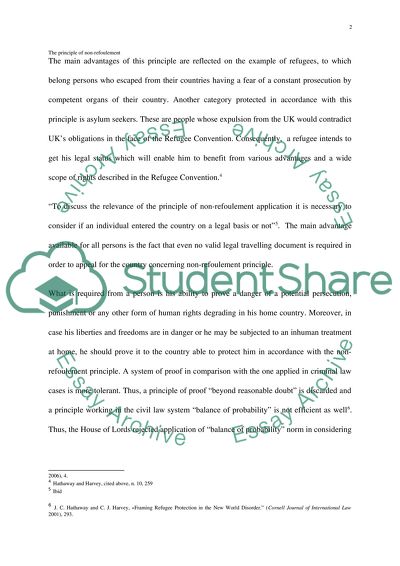Cite this document
(“The principle of non-refoulement. Practical usage of the Essay”, n.d.)
Retrieved from https://studentshare.org/law/1420563-the-principle-of-non-refoulement-practical-usage-of-the-non-refoulement-principle
Retrieved from https://studentshare.org/law/1420563-the-principle-of-non-refoulement-practical-usage-of-the-non-refoulement-principle
(The Principle of Non-Refoulement. Practical Usage of the Essay)
https://studentshare.org/law/1420563-the-principle-of-non-refoulement-practical-usage-of-the-non-refoulement-principle.
https://studentshare.org/law/1420563-the-principle-of-non-refoulement-practical-usage-of-the-non-refoulement-principle.
“The Principle of Non-Refoulement. Practical Usage of the Essay”, n.d. https://studentshare.org/law/1420563-the-principle-of-non-refoulement-practical-usage-of-the-non-refoulement-principle.


